Easy to order great service great product equals very happy customer
Cannabis Defoliation: Techniques, Timing, and Benefits for Optimal Plant Growth
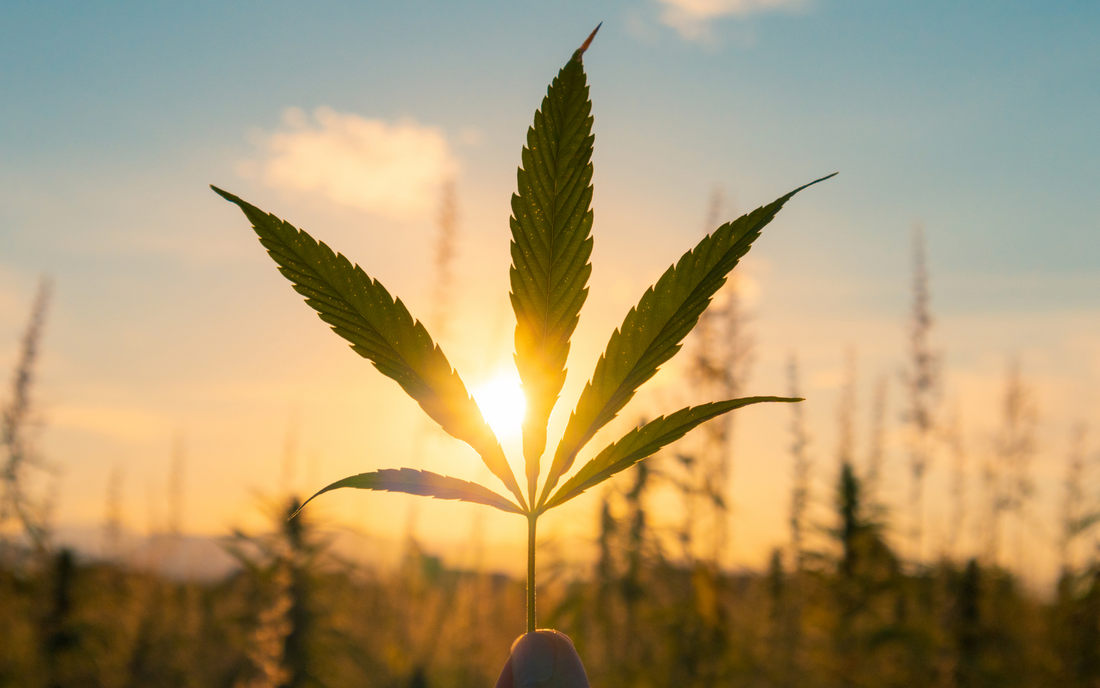
Cannabis Defoliation: Techniques, Timing, and Benefits for Optimal Plant Growth
Cannabis defoliation, an essential practice among cultivators, involves the strategic removal of specific leaves from cannabis plants. But when should you defoliate cannabis? What techniques yield the best results? The art of defoliation promises numerous benefits, from enhanced light penetration to optimal nutrient distribution, ultimately promoting healthier and more productive plants. In this guide, we delve deep into the nuances of cannabis defoliation, uncovering its timing, methods, and advantages to maximize your yield.
Best Times to Perform Cannabis Defoliation
Timing plays a pivotal role in the defoliation process. Performing defoliation at the right growth stage ensures the health and productivity of the cannabis plant. Here's a breakdown of the optimal times:
Vegetative Stage
Early vegetative stage: A light touch is crucial. Removing excessive fan leaves during this phase can foster more branching and a bushier growth pattern, paving the way for an increased yield.
Mid to late vegetative stage: At this stage, it's beneficial to eliminate lower leaves. This strategy redirects the plant's energy towards the upper growth, maximizing its potential for a bountiful harvest.
Flowering Stage
Early flowering stage: Gentle defoliation can be beneficial. By removing larger fan leaves that overshadow lower bud sites, you allow for better light penetration, ensuring an even development of buds throughout the plant.
Mid to late flowering stage: Here, caution is key. Limit defoliation to avoid inducing undue stress on the plants, allowing them to primarily concentrate on bud development.
Different Cannabis Defoliation Techniques
The art of cannabis defoliation is diverse, with multiple techniques tailored to the specific needs of the plant and the goals of the cultivator. Each method has its unique advantages and applications:
Selective Leaf Removal
This technique emphasizes precision. By carefully removing individual leaves that either obstruct light, hinder airflow, or show signs of disease and pests, cultivators can maintain a plant's health and optimize growth.
Strategic Defoliation
With a focus on the broader picture, strategic defoliation targets specific areas of the cannabis plant. For instance, by pruning the lower canopy, you can enhance light distribution and airflow, ensuring a healthier plant environment.
Topping and Lollipopping
These methods delve into more specialized techniques:
- Topping: This involves snipping off the top part of the main stem. The aim is to encourage lateral growth, resulting in a bushier plant with potentially more bud sites.
- Lollipopping: This technique focuses on the removal of lower foliage, directing the plant’s energy and nutrients to the top buds, ensuring they develop more robustly and yield better.
Reasons for Cannabis Defoliation
Defoliation is not just about trimming leaves; it serves multiple vital purposes in the cultivation process. These are some compelling reasons that drive cultivators to adopt defoliation techniques:
Airflow Improvement
Plants need to breathe. Removing excess leaves can enhance air circulation around the plant. This not only boosts the plant’s health but also reduces the risk of mold, mildew, and potential pest infestations, ensuring a healthier grow environment.
Enhanced Light Penetration
A dense canopy can overshadow and limit light access to the lower parts of the plant. Through defoliation, the canopy opens up, enabling light to reach the lower bud sites. This promotes even bud development, leading to a maximized and consistent yield.
Optimal Nutrient Distribution
Plants utilize nutrients for growth, and when there's surplus foliage, some of these nutrients might be wasted. Defoliation ensures that nutrients are directed towards essential parts of the plant, leading to enhanced overall nutrient uptake and efficient distribution.
Pest and Disease Control
Unhealthy or overly dense foliage can become a breeding ground for pests and diseases. By removing affected or vulnerable leaves, you prevent the spread of these issues, maintaining the overall health and integrity of your cannabis plants.
Considerations and Best Practices for Cannabis Defoliation
While defoliation offers numerous advantages, it's essential to approach the process with knowledge and care. The following are vital considerations and best practices to ensure the process is beneficial:
Timing
Defoliation's success largely hinges on its timing. Choose the right moment based on the plant's growth stage and its overall health. A well-timed defoliation can lead to optimal growth and yields, while poor timing may stress or even harm the plant.
Start Gradually
Especially if you're new to defoliation, it's wise to start with a light touch. Begin by removing a few leaves and observe the plant's reaction. Based on its response, you can decide whether to proceed with a more extensive defoliation.
Sterilize Tools
Cleanliness is paramount. Ensure that all tools used for defoliation, like scissors or pruning shears, are thoroughly sterilized. This precaution prevents the potential transmission of diseases or pests to the plant.
Monitor Plant Health
After defoliation, keep a close eye on your cannabis plants. Monitor their health, growth rate, and overall response. If any adverse reactions occur, it might be a signal to adjust your defoliation techniques in the future.
Conclusion
Defoliation, when executed with precision and knowledge, can significantly boost cannabis plant health and yield. It's more than just trimming leaves; it's an art that can influence light penetration, nutrient distribution, and overall plant vigor. By understanding the whys and hows of cannabis defoliation, cultivators can elevate their harvest quality and truly harness the benefits of this technique. As with all cultivation practices, continuous learning and observation are key to mastering the art of defoliation.
Frequently Asked Questions (FAQs)
Is defoliation suitable for all cannabis strains?
While defoliation can be beneficial for many strains, it's essential to research and understand the specific needs of each strain. Some might respond better to defoliation than others.
How often should I defoliate?
The frequency depends on the plant's growth stage, health, and the defoliation technique used. It's crucial to monitor the plant's response and adjust accordingly.
Can over-defoliation harm my plants?
Yes, over-defoliation can stress the plant and hinder its growth. It's essential to approach the process gradually and observe the plant's response.
References
- Smith, J. (2022). The Science Behind Cannabis Growth. Cannabis Research Journal, 10(4), 123-134.
- Brown, A., & Johnson, L. (2021). Modern Defoliation Techniques for Cannabis. Cannabis Cultivation Monthly, 5(2), 56-65.
- Cannabis Growth Coalition. (2020). Benefits of Defoliation in Maximizing Yields.
Want More Cannabis Growing Tips?
Sign up for our newsletter to get the latest insights, tips, and expert advice on cannabis cultivation. Sign Up
No comments



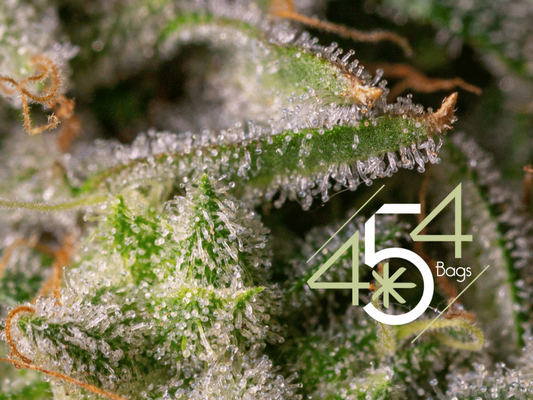
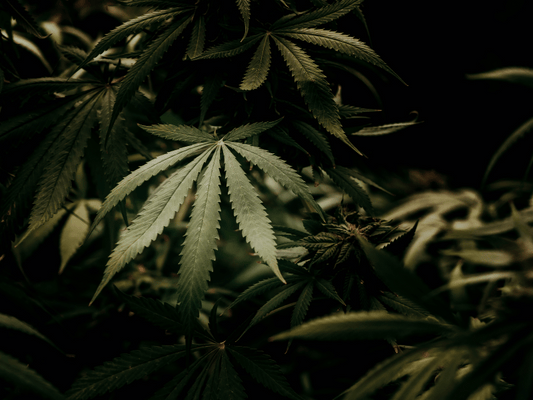
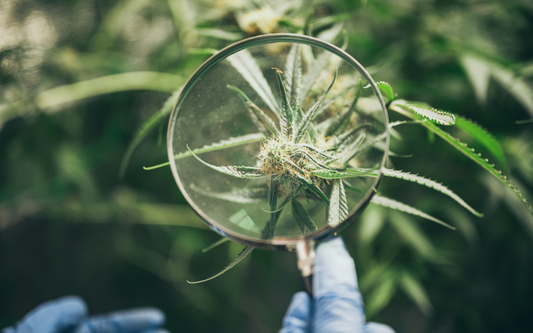
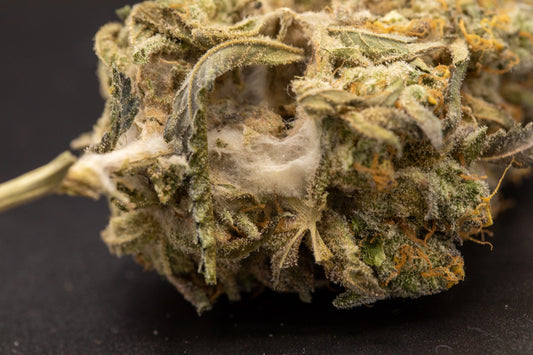


0 comments